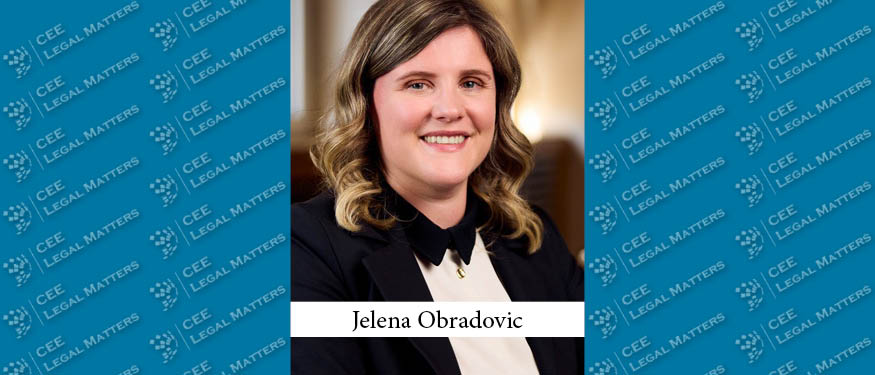The institute of settlement, within the scope of misdemeanors, was introduced into Macedonian legislation by the Misdemeanor Act in 2019. In the context of overburdened courts, all mechanisms that facilitate judicial processes are more than welcome.
The settlement procedure, as an alternative to traditional court proceedings, represents an appropriate method for ensuring an economical and efficient resolution of committed misdemeanors. Through voluntary admission of liability, acceptance of punishment, and elimination of the consequences, this mechanism replaces the formal and lengthy court-based misdemeanor process. In practice, the settlement procedure not only ensures legal certainty for legal entities but also contributes to optimizing institutional resources and increasing efficiency, thus rationalizing the work of supervisory and inspection authorities.
The settlement procedure offers multiple legal and practical advantages. First, it is significantly shorter than court proceedings. In this way, it fully aligns with the principles of efficiency and legal certainty. The procedure itself aims toward a clear final objective – reaching an agreement between the offender and the competent authority to eliminate the harmful consequences of the offense, thereby avoiding the need to initiate a misdemeanor proceeding before the court.
Through admission of responsibility by settlement, administrative and judicial burdens are reduced, allowing greater focus on more serious cases. The Misdemeanor Act explicitly lists the areas in which settlement procedures may be applied. These include misdemeanors related to: taxation, customs, public procurement, public finances and public debt, competition, energy, trade in prohibited and/or restricted goods, public health, natural resource protection, environment, cultural heritage, disaster protection, electronic communications, or offenses committed for material gain.
The course and outcome of the settlement procedure
A prerequisite for initiating the settlement procedure is the mutual willingness of both parties to reach an agreement. The competent authority for initiating a misdemeanor procedure is the one that makes a settlement proposal to the offender. The offender is informed of the offense description, the legal classification, and the proposed fine, after which they decide whether to accept the settlement or proceed to court. The procedure is conducted before a Settlement Commission, within the competent authority, which ensures that the offender’s consent is given voluntarily, consciously, and with full information. However, insufficient information or the absence of mandatory legal counsel may create imbalance and compromise the voluntary nature of the agreement.
During the settlement procedure, the parties determine the amount and method of payment of the fine, as well as the specific measures the offender must undertake to remedy the consequences of the offense. According to Macedonian law, the agreed fine cannot be less than half the statutory fixed amount or the minimum if the fine is prescribed within a range. Therefore, through settlement, the offender may receive an obligation to pay a fine considerably lower than what a court might impose within legal limits—forming a substantial benefit.
Furthermore, in addition to the fine, the offender is required to eliminate the consequences caused by the offense, which ensures the effectiveness of the settlement’s outcome. The agreement also prescribes deadlines for voluntary compliance, and the settlement itself constitutes an enforceable document.
The purpose of the settlement is not only to pay a specific fine agreed upon between the parties, but the offender consciously accepts the guilt and responsibility. Consequently, they act as instructed—to eliminate the consequences, minimize the damage, and improve future behavior.
Encouraging responsibility, not avoiding punishment
It is important to emphasize that settlement should never serve as a means of evading responsibility. On the contrary, its moderate application in cases of first-time or infrequent and minor violations by legal entities has a preventive effect on future conduct. With reducted penalties, restitution obligations, and preserved social standing, the legal entity is encouraged to act with awareness and to take preventive measures to avoid similar offenses in the future. Additionally, by concluding the settlement, the legal entity waives its right to appeal and commits to fulfilling the agreed obligations within the stipulated timeframe. Otherwise, since the settlement constitutes an enforceable document, the obligations will be enforced through compulsory execution.
Conclusion
The settlement procedure for legal entities represents a modern mechanism that precedes formal misdemeanor proceedings. Its expediency is evident: it ensures faster legal resolution, reduces administrative burdens, and contributes to the rational use of institutional resources. Beneficial to both parties involved, the procedure encourages accountability and cooperation between legal entities and competent authorities.
By avoiding lengthy and complex court proceedings, it reduces tension and encourages voluntary acceptance of responsibility, elimination of consequences, and future preventive measures. Not only does it fulfill the corrective function of the law, but by enabling removal or mitigation of the harm caused, it also strengthens the preventive and restorative role of the legal system.
By Sara Ivanovska, Associate, JPM North Macedonia
















